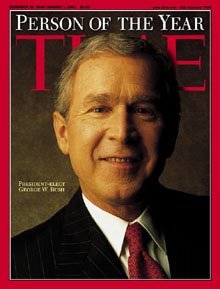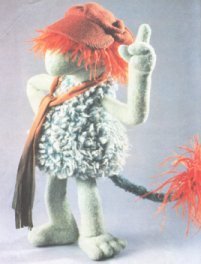Pearl Harbor, 9/11 and the Coming Outrage
As sick as it seems, it wouldn't be the first time a U.S. administration has furthered its own political ambitions through attacks on American citizens. Take Pearl Harbor. The official story (long ago discredited, yet still touted in Hollywood B-movies) was that Japanese forces caught the U.S. totally off guard when they brutally attacked on Dec. 7, 1941.
Many historians believe that members of Franklin D. Roosevelt's administration actually knew about the impending assault, and just let the carnage roll in order to get the U.S. public primed for war with Japan.
In his 1982 book Infamy: Pearl Harbor and Its Aftermath, Pulitzer-prize winner John Toland reveals that almost everything the Japanese were planning to do "was known to the United States" on the morning of the attack, via intercepted messages never communicated to commanders at Pearl Harbor. He cites the case of U.S. counterintelligence translator Dorothy Edgers, who uncovered critical Japanese messages days before the assault, including "a scheme of signals regarding the movement and exact position of warships and carriers in Pearl Harbor." But Edgers' boss, Alwin Kramer, seemed "more annoyed than electrified" at the discovery and ordered her to "run along home." Unbeknownst to Edgers, Kramer was part of the subterfuge.
We all know what happened next. Japanese bombs rained down on the U.S. naval vessels and aircraft poised like sitting ducks at Pearl Harbor, and the ensuing bloodbath left over 2,400 U.S. service members and civilians dead. The following day, Congress voted overwhelmingly to give FDR all of the resources he wanted to wage war with Japan. The parallels with 9/11 are stunning.
History of Pearl Harbor - The Bones of "Station H"
On November 24th, 1941, Admiral Isoroku Yamamoto sent a radio message to Admiral Chuichi Nagumo, Commander of the Pacific Striking Fleet, which read in part, "The task force, keeping its movement strictly secret and maintaining close guard against submarines and aircraft, shall advance into Hawaiian waters, and upon the very opening of hostilities shall attack the main force of the United States fleet in Hawaii and deal it a mortal blow". Contrary to the official propaganda that the attack was a surprise, documents declassified in May 2000 confirm that Yamamoto's message was intercepted and translated in Hawaii that same day.
The McCollum Memo: The Smoking Gun of Pearl Harbor
On October 7, 1940, Lieutenant Commander Arthur McCollum of the Office of Naval Intelligence submitted a memo to Navy Captains Walter Anderson and Dudley Knox. Captains Anderson and Knox were two of President Roosevelt's most trusted military advisors. The memo detailed an 8 step plan to provoke Japan into attacking the United States. President Roosevelt, over the course of 1941, implemented all 8 of the recommendations contained in the McCollum memo. Following the eighth provocation, Japan attacked. The public was told that it was a complete surprise, an "intelligence failure", and America entered World War Two.
December 7, 1941: A Setup from the Beginning
President Roosevelt Had Foreknowledge Of Pearl Harbor And Let It Happen In Order To Take US Into WWII
Do Freedom of Information Act Files Prove FDR Had Foreknowledge of Pearl Harbor? The Final Secret of Pearl HarborWhat's that old line about history repeating itself? Read about
more Historic Deceptions.

